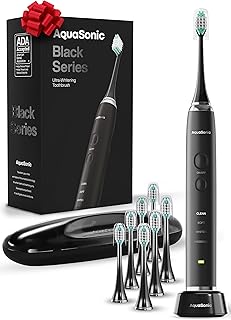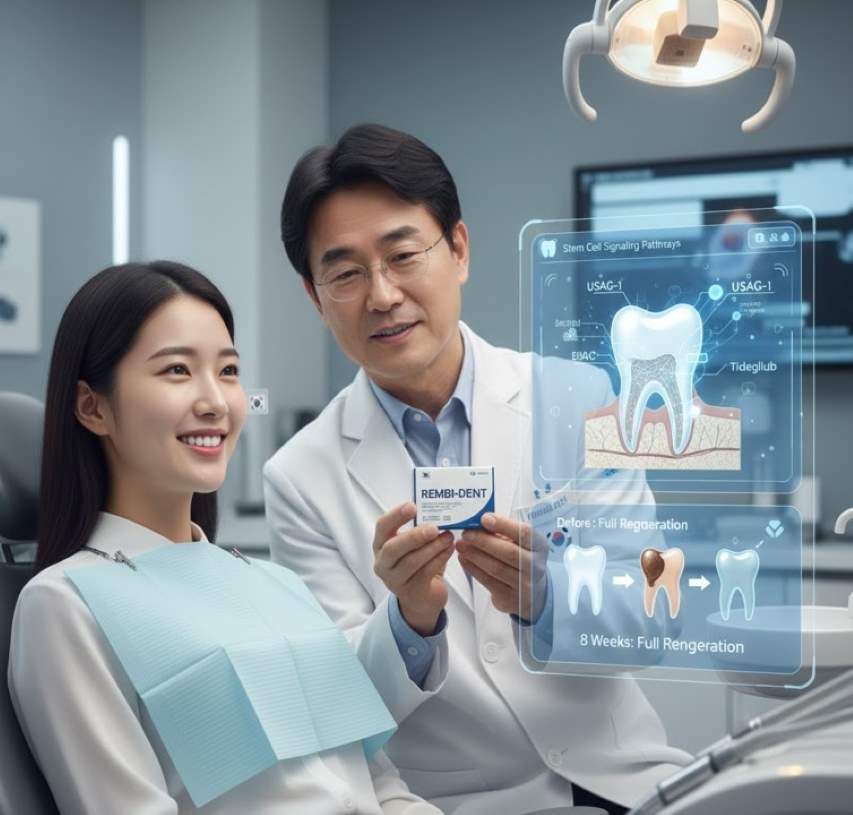In a groundbreaking advancement that could transform the field of dentistry and potentially render dentures and implants obsolete, scientists in South Korea have developed a biologically active microneedle patch capable of regenerating real teeth naturally. This innovative technology, emerging from research at Seoul National University, promises a painless, affordable alternative to traditional dental procedures, potentially allowing patients to regrow lost or damaged teeth using their own stem cells.
The Science Behind the Patch: Targeting Dormant Stem Cells
The core of this revolutionary patch lies in its ability to stimulate dormant dental stem cells within the jaw and gum tissue.
Application: The patch is a small, biodegradable microneedle device applied directly to the gum above the affected area for approximately twenty minutes daily.
Delivery System: These microneedles—tiny and painless—deliver a specialized cocktail of bioactive molecules, including tideglusib, a glycogen synthase kinase-3 (GSK-3) inhibitor, along with natural growth factors.
Mechanism of Action:
Tideglusib works by activating the Wnt signaling pathway, a biological mechanism that promotes cell proliferation and tissue regeneration.
Some formulations also target a protein known as USAG-1 (Uterine Sensitization-Associated Gene-1), which naturally inhibits tooth growth in adults. By neutralizing or blocking USAG-1, the patch reactivates processes similar to those during embryonic tooth development, allowing the body to regenerate dentin (the hard tissue beneath enamel) and even form new tooth buds.
Natural Regeneration: Unlike conventional treatments that involve drilling, fillings, or artificial implants, this patch encourages the body's own repair systems. Bioactive peptides and molecules activate stem cells in the dental pulp, leading to the natural filling of cavities with regenerated dentin.
This approach preserves the tooth's original structure and minimizes risks of inflammation, allergic reactions, or rejection, as the new tissue is genetically identical to the patient's own.
Research and Testing: From Laboratory to Human Trials
The development of this patch has been spearheaded by a team of researchers at Seoul National University, building on years of stem cell and regenerative medicine studies.
Stage | Subjects | Key Findings |
|---|---|---|
| Initial Experiments | Laboratory settings, animal models (rats, ferrets) | Successfully stimulated dentin regeneration and enamel repair. |
| Early Human Trials | Participants with cavities and damaged enamel | Cavities healed within four to six weeks; chipped or damaged enamel regrew in about eight weeks. |
| Remarkable Result | Approximately thirty percent of trial participants | Exhibited the formation of entirely new tooth buds, indicating the potential to replace missing teeth altogether. |
Researchers emphasize the patch's safety and efficacy, with no reported significant side effects, though consistent application protocols are needed to control the size, shape, and color of the regenerated teeth. The patch is currently in preclinical and early clinical stages, with ongoing refinements.
Potential Applications and Challenges
✅ Potential Applications
Treating Dental Issues: From early-stage tooth decay and cavities to more severe cases of tooth loss.
Accessibility: Could particularly benefit patients in remote or underserved areas, as the application requires minimal invasive procedures.
Patient Experience: Offers a way for children and adults to avoid the pain and anxiety associated with traditional drilling and fillings.
Preventive Care: Potential to prevent tooth loss due to aging, injury, or disease.
Affordability: Projected at around three hundred dollars per tooth upon initial release, potentially making it far more affordable than dental implants, which often cost thousands of dollars, or ongoing denture maintenance.
⚠️ Remaining Challenges
Limitations: May not be effective for advanced infections, severe bone loss, or cases requiring immediate structural support.
Regulatory Approval: Crucial approval is needed from bodies like the Korea Food and Drug Administration (KFDA) and international equivalents.
Commercial Timeline: Estimates for public availability range from as early as two thousand twenty-six to the early two thousand thirties, dependent on trial outcomes.
A New Era in Dental Care?
This South Korean innovation represents a definitive shift toward regenerative dentistry, where the focus is on healing rather than replacing. By harnessing the body's natural abilities, it could significantly reduce the global burden of dental diseases. While the patch is not yet available for public use, its development underscores South Korea's growing role in biomedical breakthroughs.
If successful, this technology could indeed usher in an era where losing a tooth means simply growing a new one.
 |  |  |
 |  |  |
